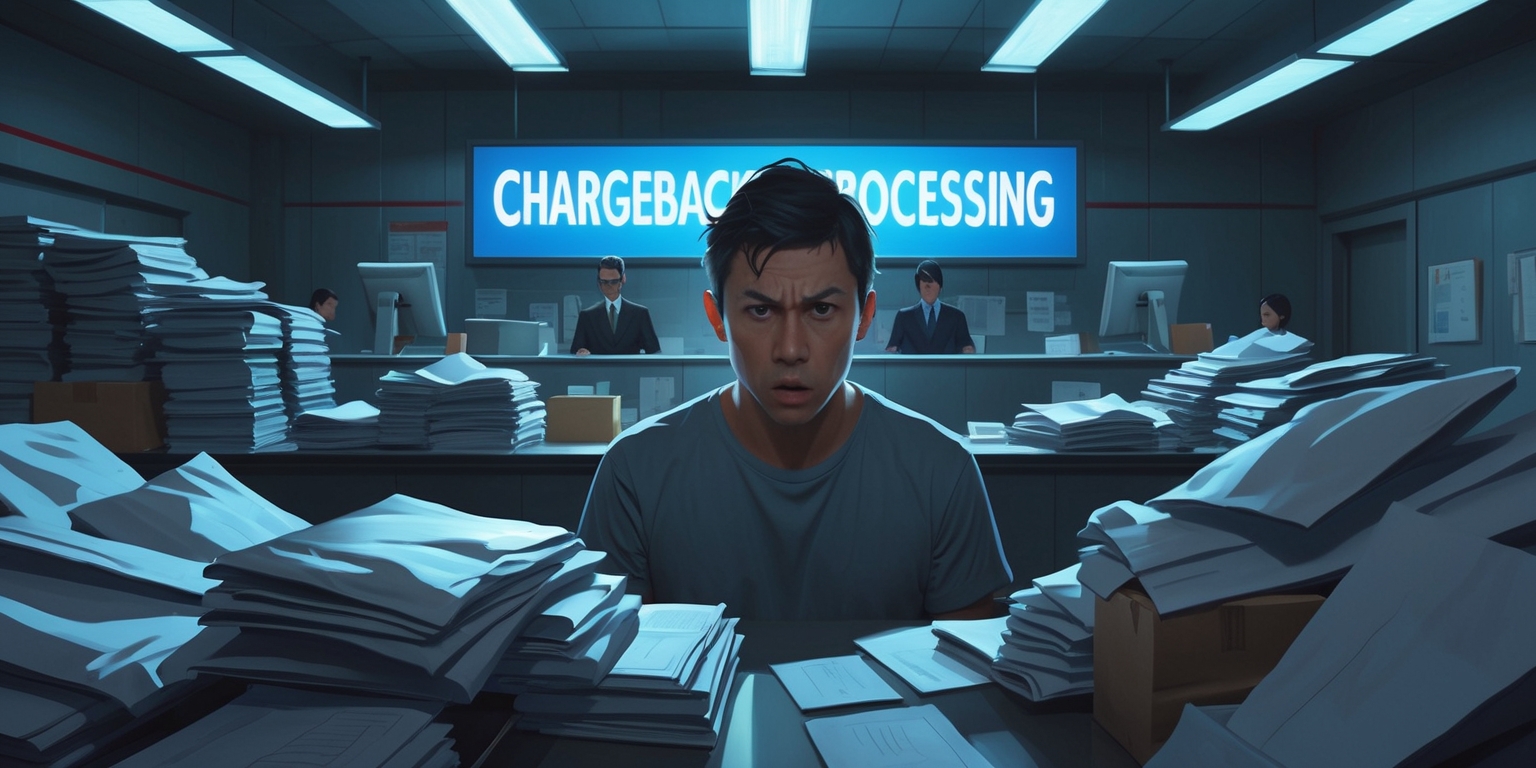I’m going to explain exactly what a return item chargeback is, how it affects your finances, and what you can do to avoid these costly penalties.
What is a Return Item Chargeback?
A return item chargeback is a fee your bank charges when you deposit a check that gets rejected or returned by the issuing bank. This happens when someone writes you a check that bounces because of insufficient funds, a closed account, or other issues with the check writer’s account.
Unlike credit card chargebacks, which involve disputed purchases, return item chargebacks are strictly related to check transactions that fail to clear. Banks typically charge this fee to cover the administrative costs of processing the returned check.
Common names for this fee include:
- Return Item Chargeback
- Deposited Item Returned Fee
- Rejected Check Fee
- Returned Check Fee
- Bounced Check Fee
Return Item Chargeback vs Payment Chargeback: Understanding the Difference
One of the biggest points of confusion is the difference between a return item chargeback and a traditional payment chargeback. Here’s how they differ:
Return Item Chargeback:
- Applies specifically to checks that don’t clear
- Charged by your bank when a check you’ve deposited is returned unpaid
- Has nothing to do with fraud claims or purchase disputes
- Is a fee for handling a bad check
Payment Chargeback:
- Applies to credit card transactions
- Initiated by a customer who disputes a charge
- Often involves claims of fraud, merchandise issues, or billing errors
- Is a process to resolve payment disputes, not a fee
Return Item Chargeback Cost: How Much Will It Cost You?
The return item chargeback fee can vary significantly from bank to bank. Based on my research, these fees typically range from $12 to $40 per returned check. Some banks might charge higher fees depending on your account type or if you’ve had multiple returned items.
For example, the returned item chargeback Bank of America charges is around $12, while other institutions might charge upwards of $35 for the same issue.
What makes these fees particularly painful is that you might face:
- A fee from your bank for depositing a bad check
- Potential overdraft fees if you’ve already spent the money from the check
- Merchant fees if you’ve used the check to pay for goods or services
The Return Item Chargeback Process Explained
When you deposit a check, here’s what happens behind the scenes:
- You deposit the check at your bank
- Your bank sends the check to the check writer’s bank
- The check writer’s bank attempts to process the payment
- If there’s a problem (like insufficient funds), the check is returned unpaid
- Your bank charges you a return item chargeback fee
- The deposit amount is removed from your account
The most frustrating part? This process can take several days, so you might see the deposit in your account and think the money is available, only to have it removed later when the check bounces.
Common Reasons for Bounced Check Fees
Understanding why checks bounce can help you avoid return item chargebacks. The most common reasons include:
- Insufficient funds in the check writer’s account
- Stop payment orders by the check writer
- Closed accounts
- Improperly written checks (missing signature, wrong date, etc.)
- Fraudulent checks
How to Avoid Return Item Chargeback Fees
I’ve learned a few strategies to minimize the risk of these frustrating fees:
For Checks You Receive:
- Accept checks only from trusted sources
- For large amounts, consider asking for a cashier’s check or money order
- Wait until a check clears completely before spending the funds
- Consider using mobile check verification apps
- Look for warning signs like checks with no printed personal information
For Checks You Write:
- Keep track of your account balance
- Use a buffer amount in your account for unexpected transactions
- Set up overdraft protection
- Consider alternatives like electronic payments
What to Do If You’re Charged a Return Item Chargeback Fee
If you find a return item chargeback fee on your statement:
- Contact your bank to understand exactly why the fee was charged
- Ask if the fee can be waived, especially if you’re a long-standing customer
- Contact the person who wrote the check to request a new payment
- Consider requesting payment through more secure methods
- Document all communications about the returned check
Bank Fees for Returned Checks: How Different Banks Handle It
Different banks have different policies when it comes to return item chargebacks. Here’s how some major banks approach these fees:
- Bank of America: Typically charges $12 for returned item chargebacks
- Chase: Fees range from $12 to $34 depending on your account type
- Wells Fargo: Charges around $12 for returned deposited items
- Citibank: Fees range from $10 to $30 depending on your account
- Credit Unions: Often charge lower fees, typically $5-$15
Some banks offer fee waivers for premium accounts or if you have a strong banking relationship. It’s always worth asking!
Return item chargebacks are frustrating fees that happen when a check you deposit bounces. Unlike credit card chargebacks, these fees have nothing to do with disputed purchases – they’re simply administrative fees your bank charges for handling returned checks.
By understanding what causes these fees, you can take steps to avoid them. Always be cautious when accepting checks, especially from unfamiliar sources, and consider using more secure payment methods when possible.
